The Ecocapsule tiny home can accommodate up to two people with its kitchen, bedroom, bathroom, and dining room.


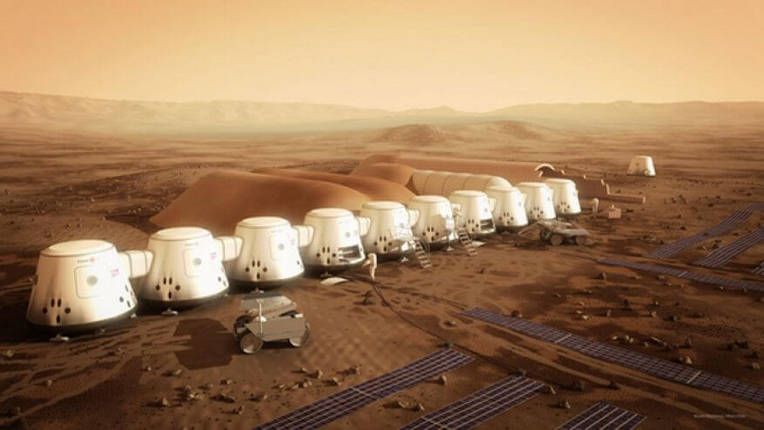
Sending a handful of people certainly could serve as a proof of concept analogous to America’s Spanish and Portuguese outposts in the early 1500’s, or the English and Dutch settlements in the early 1600’s. In these instances the populations measured in the dozens and would not have amounted to a lasting European presence had they not been followed by thousands of new settlers over the next few decades. But, given our more advanced technology, our level of medicine, the idea that humans could have equipment that will utilize the Martian environment to produce food, air, and other consumables, and the certainty that settlers will not be at war with the Martian equivalent of the Aztecs or Incas—couldn’t a Martian settlement survive long term with just a low number of colonists?
The answer is no—not if the goal is a permanent human presence. Not if the goal is to provide our species with some kind of extinction insurance against planetary disaster on Earth, such as a mega-volcanic eruption, nuclear war, or some other existential threat. Mars setters can use technology to get air and food from the Mars environment, but early European explorers in the New World had access to one natural resource that mid-21st century Mars colonists will not be able to manufacture: a human gene pool.
If we really want Martian colonies, we can’t send just a few Adams and Eves. We can’t set-up a Martian Jamestown of 100 people. Long-term survival will depend on the genetic diversity of a large gene pool, and this means the Elon Musk plan of sending thousands might be the only colonization plan that could work.
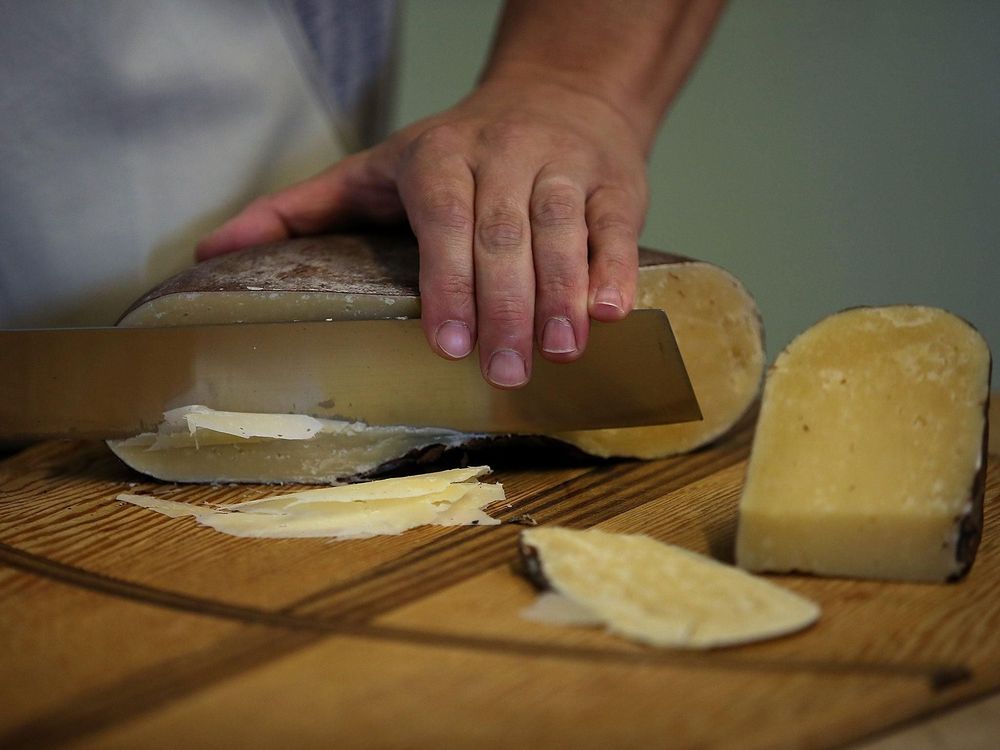
Independent.co.uk
Cheese contains a chemical found in addictive drugs, scientists have found.
The team behind the study set out to pin-point why certain foods are more addictive than others.
Using the Yale Food Addiction Scale, designed to measure a person’s dependence on, scientists found that cheese is particularly potent because it contains casein.

Color is a foundational aspect of visual experience that aids in segmenting objects, identifying food sources, and signaling emotions. Intuitively, it feels that we are immersed in a colorful world that extends to the farthest limits of our periphery. How accurate is our intuition? Here, we used gaze-contingent rendering in immersive VR to reveal the limits of color awareness during naturalistic viewing. Observers explored 360° real-world environments, which we altered so that only the regions where observers looked were in color, while their periphery was black-and-white. Overall, we found that observers routinely failed to notice when color vanished from the majority of their visual world. These results show that our intuitive sense of a rich, colorful world is largely incorrect.
Color ignites visual experience, imbuing the world with meaning, emotion, and richness. As soon as an observer opens their eyes, they have the immediate impression of a rich, colorful experience that encompasses their entire visual world. Here, we show that this impression is surprisingly inaccurate. We used head-mounted virtual reality (VR) to place observers in immersive, dynamic real-world environments, which they naturally explored via saccades and head turns. Meanwhile, we monitored their gaze with in-headset eye tracking and then systematically altered the visual environments such that only the parts of the scene they were looking at were presented in color and the rest of the scene (i.e., the visual periphery) was entirely desaturated. We found that observers were often completely unaware of these drastic alterations to their visual world. In the most extreme case, almost a third of observers failed to notice when less than 5% of the visual display was presented in color.
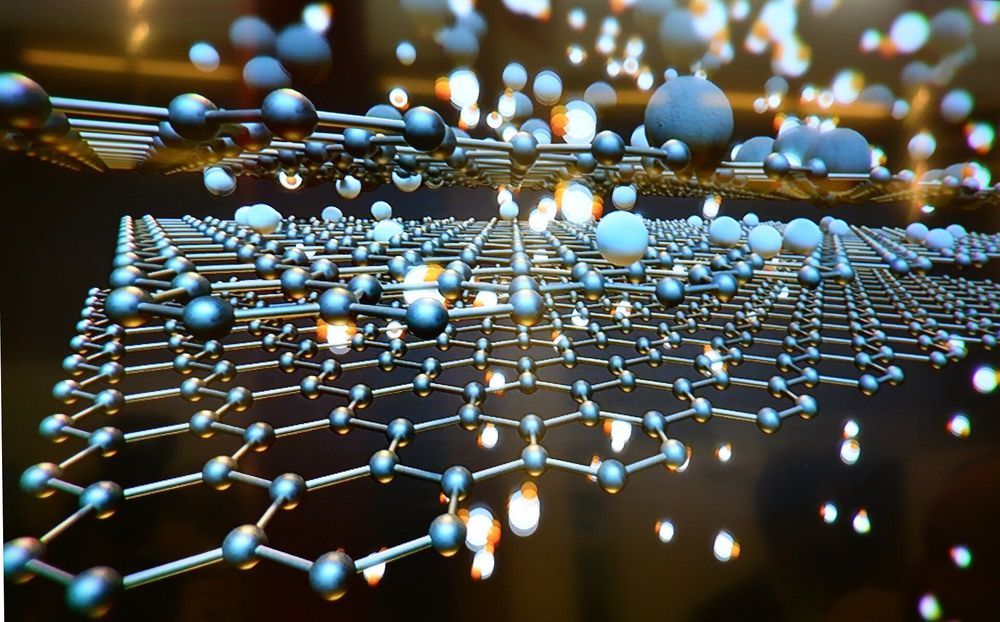
Researchers in the USA have developed a graphene-based electrochemical sensor capable of detecting histamines (allergens) and toxins in food much faster than standard laboratory tests.
The team used aerosol-jet printing to create the sensor. The ability to change the pattern geometry on demand through software control allowed rapid prototyping and efficient optimization of the sensor layout.
Commenting on the findings, which are published today in the IOP Publishing journal 2-D Materials, senior author Professor Mark Hersam, from Northwestern University, said: “We developed an aerosol-jet printable graphene ink to enable efficient exploration of different device designs, which was critical to optimizing the sensor response.”
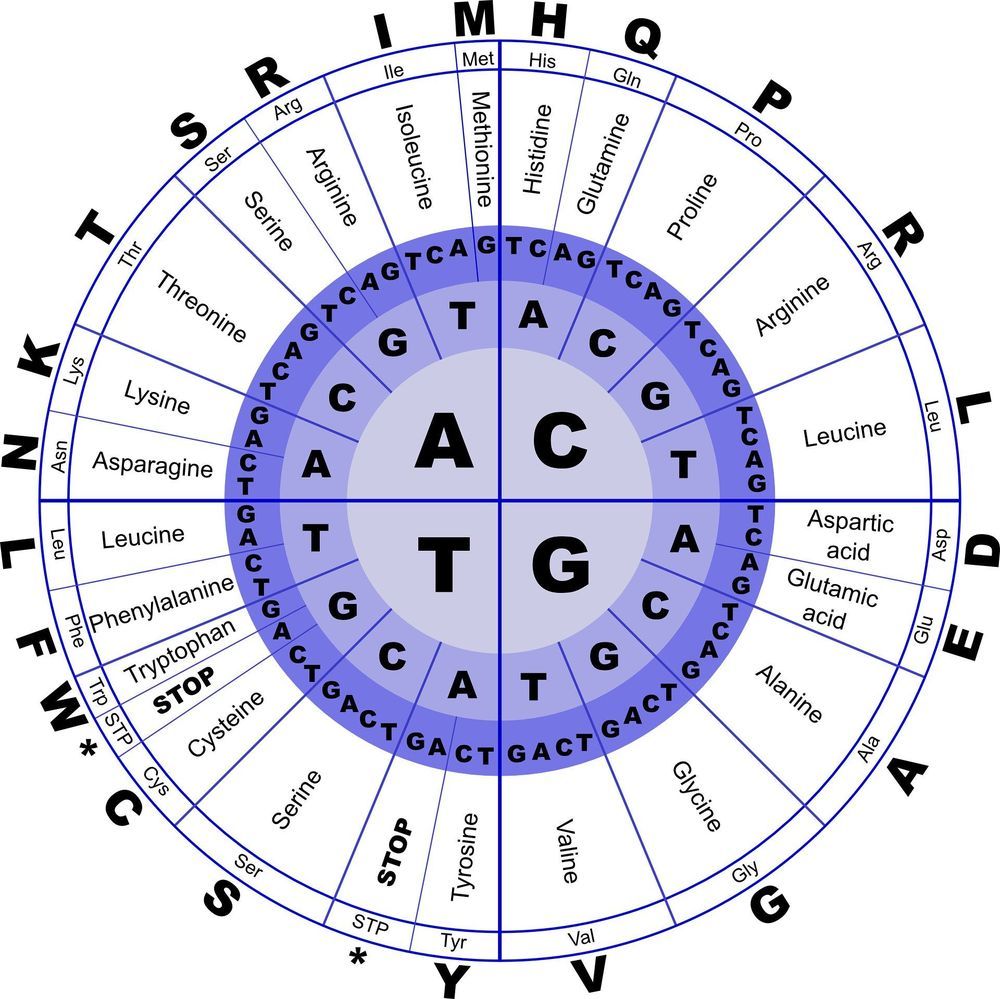
Another link on diet/healthspan.
Studies by Monash Biomedicine Discovery Institute (BDI), have provided a new understanding into the roles two essential amino acids play in metabolic health, which may help scientists in the fight against obesity.
Led by Dr. Adam Rose, the recent finding, published in Nature Communications, shows that by reducing the amount of two amino acids —threonine and tryptophan—in young healthy mice, they were able to burn more calories than they consumed, without calorie reduction, keeping them lean and healthy and without the side-effect of lower muscle mass. A low-threonine diet even protected mice that were morbidly obese and prone to developing type 2 diabetes.
While a moderate reduction in dietary protein and therefore essential amino acids can enhance vitality, diets devoid of this component can make people sick very quickly and are not recommended. However, this study has shown that a reconsideration of the functions of these two amino acids in nutrition warrants further exploration.

It has previously been discovered that tanycytes—cells found in part of the brain that controls energy levels —detect nutrients in food and tell the brain directly about the food we have eaten.
Tanycytes do this by responding to amino acids found in foods, via the same receptors that sense the flavor of amino acids (“umami” taste), which are found in the taste buds of the tongue.
In the paper ‘Hypothalamic tanycytes generate acute hyperphagia through activation of the arcuate neuronal network.’ published today, the 8th June, in the journal PNAS, researchers from the School of Life Sciences at the University of Warwick, explain how tanycytes can increase appetite.
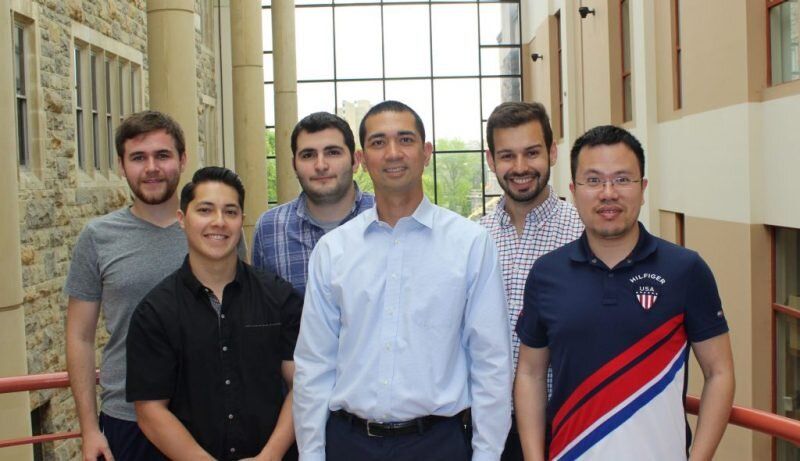
Mentions aging!
Obesity affects more than 40 percent of adults in the United States and 13 percent of the global population. With obesity comes a variety of other interconnected diseases including cardiovascular disease, diabetes, and fatty liver disease, which makes the disease one of the most difficult—and most crucial—to treat.
“Obesity is the biggest health problem in the United States. But, it is hard for people to lose weight and keep it off; being on a diet can be so difficult. So, a pharmacological approach, or a drug, could help out and would be beneficial for all of society,” said Webster Santos, professor of chemistry and the Cliff and Agnes Lilly Faculty Fellow of Drug Discovery in the College of Science at Virginia Tech.
Santos and his colleagues have recently identified a small mitochondrial uncoupler, named BAM15, that decreases the body fat mass of mice without affecting food intake and muscle mass or increasing body temperature. Additionally, the molecule decreases insulin resistance and has beneficial effects on oxidative stress and inflammation.
Scientists have figured out how microbes can suck energy from rocks. Such life-forms might be more widespread than anyone anticipated.
From robots that flip burgers in California to ones that serve up bratwursts in Berlin, we are starting to see how machines can play sous-chef in kitchens around the world. But scientists at the University of Cambridge have been exploring how these culinary robots might not only do some of the heavy lifting but actually elevate the dining experience for the humans they serve, demonstrating some early success in a robot trained to cook omelettes.
The research project is a collaboration between the University of Cambridge researchers and domestic appliance company Beko, with the scientists setting out to take robotic cooking into new territory. Where robot chefs have been developed to prepare pizzas, pancakes and other items, the team was interested in how it might be possible to optimize the robot’s approach and produce a tastier meal based on human feedback.
“Cooking is a really interesting problem for roboticists, as humans can never be totally objective when it comes to food, so how do we as scientists assess whether the robot has done a good job?” says Dr Fumiya Iida from Cambridge’s Department of Engineering, who led the research.